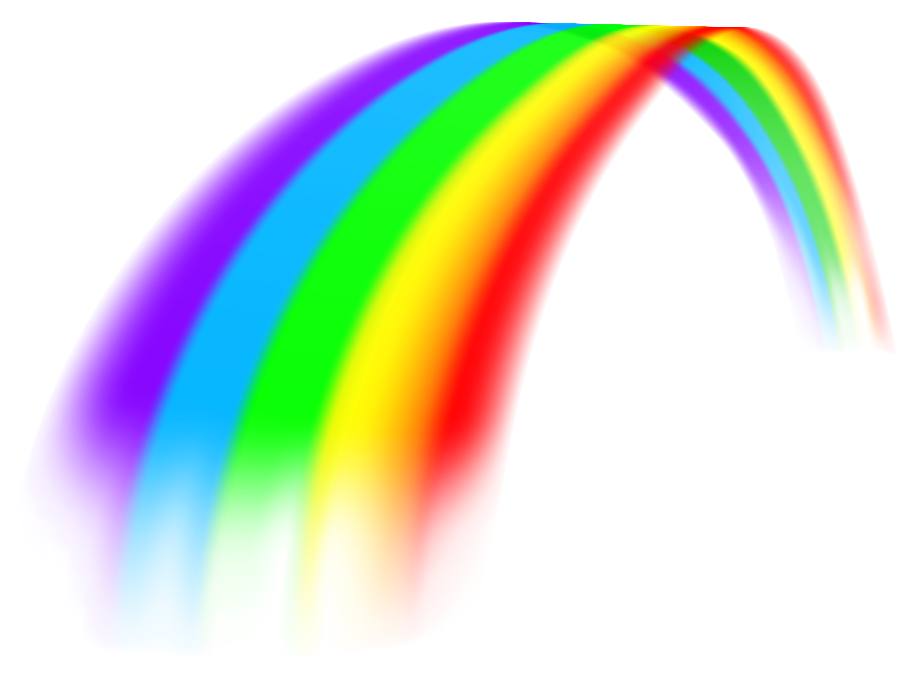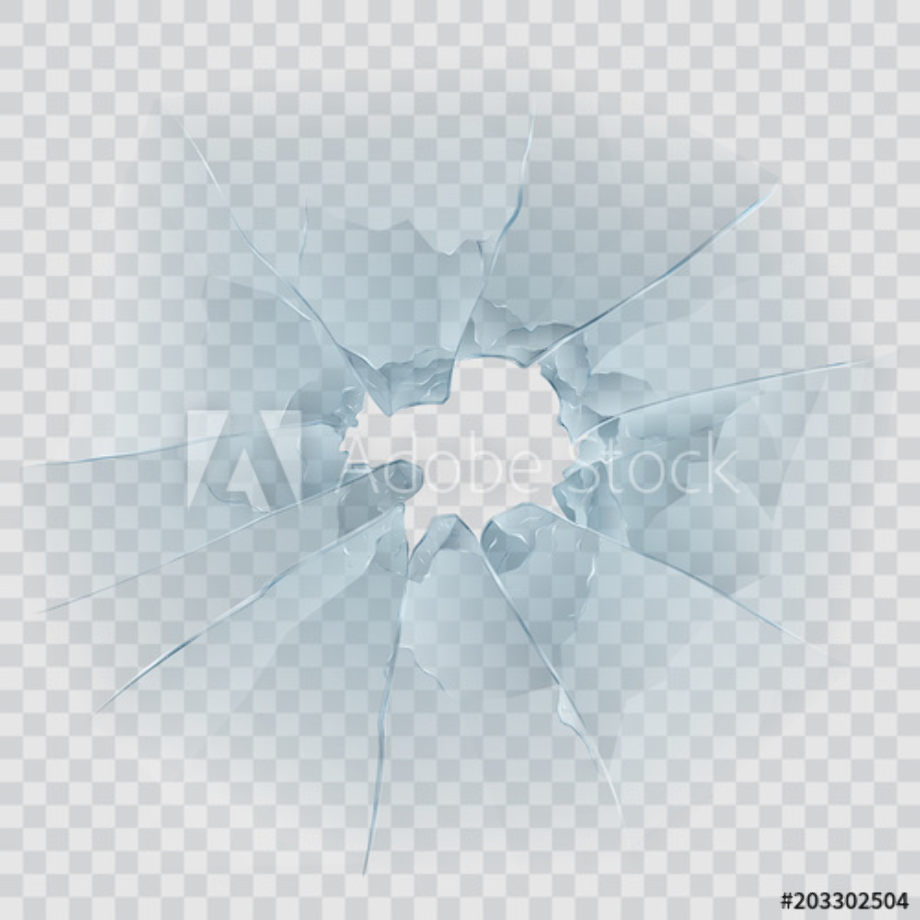

A cheaper brand will use more fillers, which can potentially be opaque. The quality of the paint also plays a role. For the latter two, the finished work is always opaque, regardless of the pigments used. For example, oils and watercolours are transparent mediums, while gouache and chalk are opaque.įor the former two, the choice of pigment is of great importance to determine the level of transparency of the finished work. The medium itself (the substance in which the pigments are carried) is important. Pigments are not the only paint component that can affect the transparency or opacity of your work.

If a flatter, more matt or chalkier finish is wanted, opaque pigments will give more density and body. If luminosity and clear, bright colours are desired, transparent pigments will perform better. So, the choice of transparent versus opaque paints will depend on the technique used and the effect required. Applying a single layer of Cadmium Red Deep would be more effective and less time consuming. It is a waste of time, as the initial layers are hidden underneath and any subtlety is lost. Looking at case three, covering the first layers with a final opaque layer does not make any sense. When working in layers, it is crucial to be using transparent pigments.
TRANSPARENT VS TRANSLUCENT HOW TO
How to choose between transparent and opaque paints The only visible colour is Cadmium Red Deep. The result is that the two underlayers and the white paper underneath are lost to the eye. The light stops at the top opaque layer and cannot go any further. The visible colour is still a violet – thanks to the two top layers of blue and red – albeit a flatter version. The result is that the initial layer of pink and the paper are hidden underneath the middle opaque layer of Cadmium Red Deep. The light goes through the top transparent layer of blue to reach the second opaque layer of red but cannot go any further. The visible colour is a mix of blue, pink and magenta, giving a bright and lively magenta-violet hue.Ĭase 2: One opaque layer between two transparent layers The result is that the white paper is partially seen through the layers of paint and the three colours can also be seen. Here the light is able to pass through all three layers, bounce off the paper and pass again largely unhindered on its way out, through all layers. What does this diffence between transparent and opaque paint mean when applied to the layering of watercolours? Let us look at three case scenarios in the diagram above. Transparent vs opaque paint: How it works As opaque colours are denser, they also carry a greater risk of turning mixes muddy. The effect is a flatter, more matt colour. With opaque paints, light cannot pass through the top layer, so the underlayers and paper remain hidden and lost to the eye. However, the way that the particles settle on the paper allows light to pass between them, hitting the white painting surface and bouncing back through the layer(s) of colour, giving a certain luminosity to the paint while allowing the viewer to see all the colours. With transparent paints, the particles of pigment are not individually transparent. When it comes to pigments, the terms ‘transparent’ or ‘opaque’ apply to the behaviour of the pigments on the painting surface rather than the pigments themselves. In painting terms, this is described as semi-transparent or semi-opaque, depending on the level of transparency/opacity. In between these two extremes there is “translucent”. This is because the bricks are opaque and the glass is transparent.

The bricks will absorb some of the light and reflect the rest, with no none passing right the way through.īy contrast, the glass will let the light through with hardly any hindrance. The sun will hit the wall with the same amount of light, but the result will be different.

Imagine a brick wall with a glass window in it. The basic definition of transparent and opaque is a simple one. Have you found your paintings don’t have the luminosity you would expect from them? Do you dread your colour mixes incomprehensibly turning muddy? These problems could be linked and the key might be in one major pigment characteristic: the relative level of transparency or opacity. Link copied to clipboard Discover the difference between transparent and opaque paints with the help of artist Sandrine Maugy


 0 kommentar(er)
0 kommentar(er)
